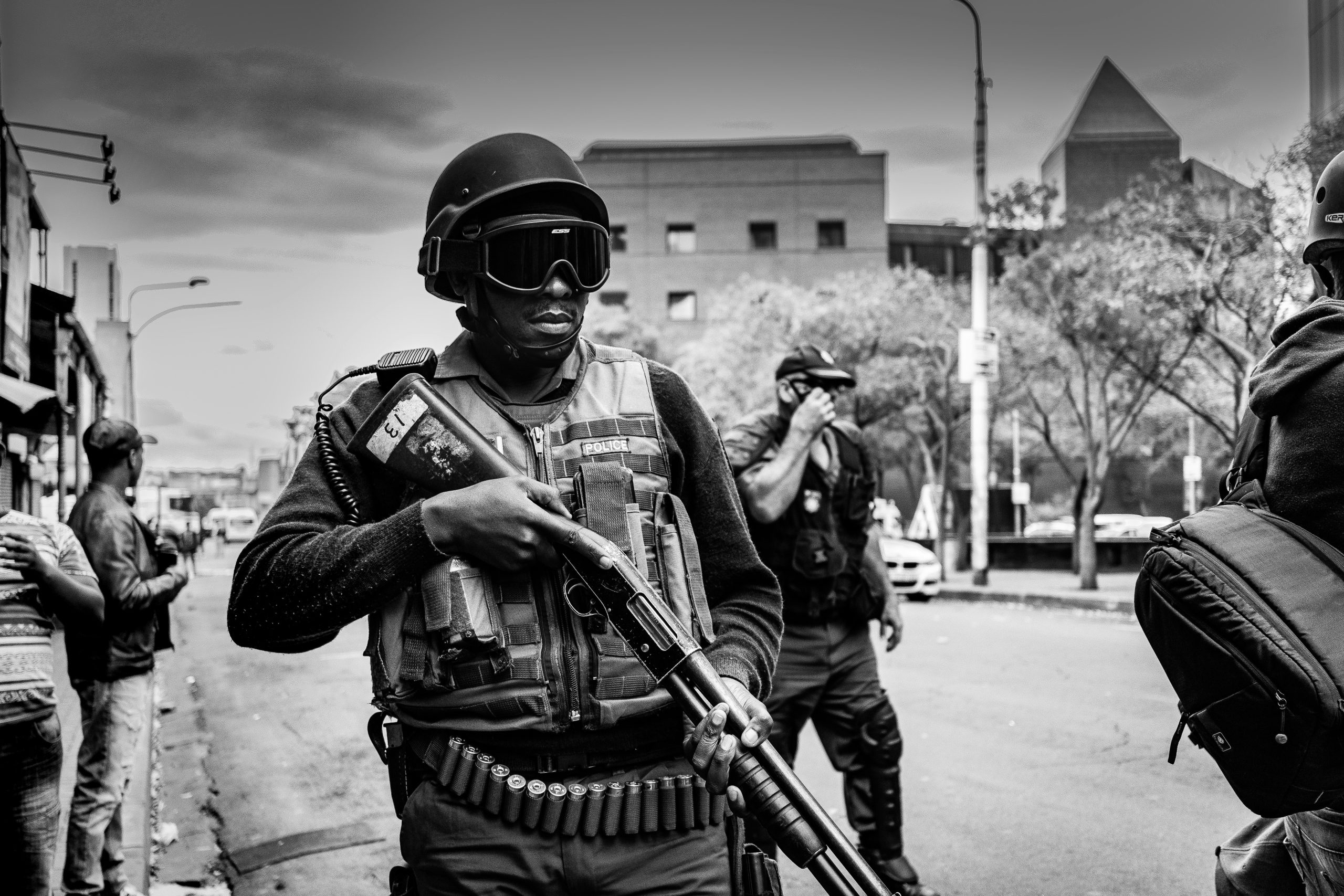Police Bodycam Footage: When “Lost” Videos Spark Conspiracy
In the era of widespread social media usage and the growing influence of citizen journalism, the release of police body camera footage has become a hotly debated issue. While the intention of these recordings may be to provide transparency and accountability, the reality is that they have often been met with controversy. In recent years, “lost” police body camera videos have sparked conspiracy theories and added fuel to the fire of ongoing tensions between law enforcement and the public. Let’s delve deeper into this phenomenon in this article on Police Bodycam Footage: When “Lost” Videos Spark Conspiracy.
The Importance of Body Cameras in Law Enforcement
Police body cameras have become a staple tool in law enforcement, with departments across the country adopting the technology in an effort to increase transparency and build trust with the communities they serve. The aim of these cameras is to provide an unobstructed and impartial viewpoint of interactions between officers and civilians, especially in high-stakes situations. Advocates of body cameras argue that they can reduce the use of force by officers and help hold them accountable for their actions.
Moreover, body cameras can also be a valuable source of evidence in criminal investigations, providing an unbiased record of events. This can prove crucial in cases where there are conflicting accounts of what took place, helping to paint a clearer picture of the truth.
The Issue of “Lost” Police Bodycam Videos
Despite their potential benefits, the use of police body cameras has not been without its flaws. One of the main issues that have arisen is the prevalence of “lost” videos. These are recordings that fail to make it into evidence or are mysteriously missing when requested for review.
In some cases, technical malfunctions or user errors can explain the absence of body camera footage. However, there have been numerous instances where the missing footage has sparked suspicion and raised questions about the integrity and intentions of law enforcement.
The Conspiracy Theories Surrounding “Lost” Videos
Conspiracy theories have long been a part of public discourse when it comes to police misconduct and government cover-ups. With the rise of body cameras and the release of their footage, these theories have only intensified.
One of the most prominent examples of this is the case of Laquan McDonald, a black teenager who was fatally shot by a Chicago police officer in 2014. While the officer’s account of the incident was backed by the missing body camera footage, the release of a video from a nearby restaurant contradicted his version of events. This caused outrage and fueled conspiracy theories about a potential cover-up by the police department.
The lack of transparency in the handling of “lost” body camera footage has only served to fuel these theories, leading to widespread mistrust in law enforcement and the justice system.
A Call for Accountability and Reform
The issue of “lost” police body camera footage raises serious concerns about the accountability of law enforcement and the need for reform. If these recordings are meant to provide transparency and hold officers accountable, then steps must be taken to ensure their reliability and prevent them from being “lost” or manipulated.
Furthermore, the lack of uniform policies and procedures surrounding the use of body cameras has led to inconsistencies and confusion. A national standard for the handling of body camera footage must be implemented to increase transparency and rebuild trust between law enforcement and the public.
In Conclusion
Police body cameras have the potential to improve transparency and accountability in law enforcement, but the issue of “lost” footage has undermined these efforts. The release of body camera footage should be accompanied by strict protocols and clear guidelines to prevent it from being used as a tool for conspiracy theories and further erode trust in the justice system.
In the digital age, where information is more accessible than ever, it is imperative that law enforcement agencies take concrete steps to address the issue of “lost” body camera footage. The future of trust between the public and those who are sworn to protect and serve depends on it.











